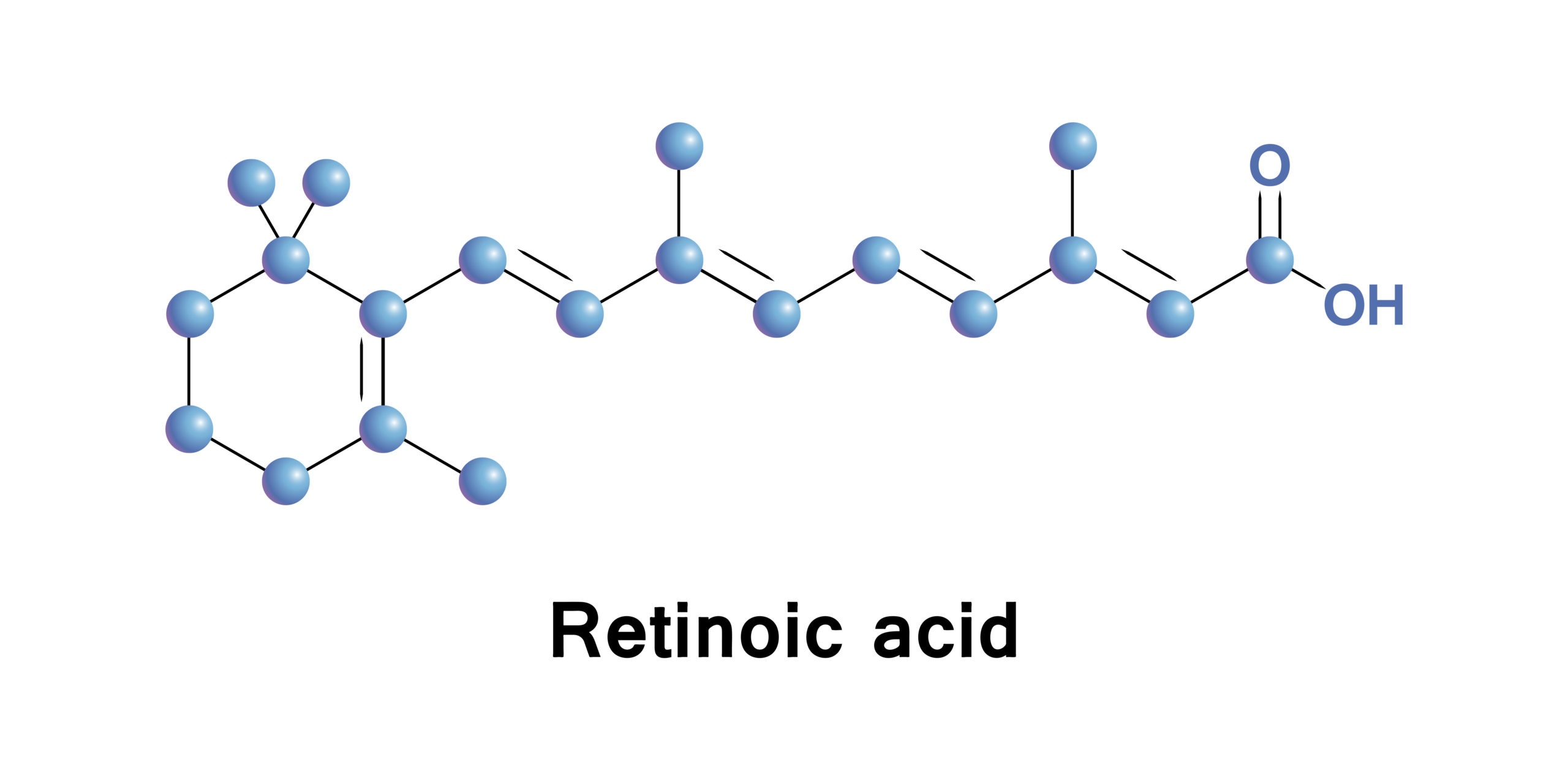
According to a clinical trial published in The New England Journal of Medicine, “rilzabrutinib showed a rapid and durable clinical activity that improved with length of treatment” in patients with immune thrombocytopenia. The results of the trial supported the theory that the oral Bruton’s tyrosine kinase inhibitor may support platelet count via “decreased macrophage (Fcγ receptor)-mediated platelet destruction and reduced production of pathogenic autoantibodies.”
The phase I/II dose-finding trial, led by David J. Kuter, included 60 patients with immune thrombocytopenia, median platelet count of 5 × 103 per cubic millimeter, median duration of disease of 6.3 years, and a median of four previous immune thrombocytopenia therapies. Patients received escalating doses of rilzabrutinib over a 24-week period, with lowest and highest starting doses of 200 mg once daily and 400 mg twice daily, respectively. The primary outcomes of the study were safety and platelet response, which was defined as “at least two consecutive platelet counts of ≥50 × 103 per cubic millimeter and an increase from baseline of ≥20 × 103 per cubic millimeter without the use of rescue medication.”
The investigators reported that all treatment-related adverse events observed in the trial were grade I to II and transient. Furthermore, “there were no treatment-related bleeding or thrombotic events of grade II or higher,” according to Kuter. After a median 167.5 days (range: 4–293) of treatment, 24 patients in the overall cohort (40%) and 18 patients who had started at the highest treatment dose (40%) met the primary platelet response threshold. Median time to first platelet count of ≥50 × 103 per cubic millimeter was 11.5 days, and patients who met the primary response spent a mean of 65% of weeks with a platelet count above the threshold.
In closing, the authors summarized that “Rilzabrutinib was active and associated with only low-level toxic effects at all dose levels.” They stated that a dose of 400 mg twice daily was selected for future testing.

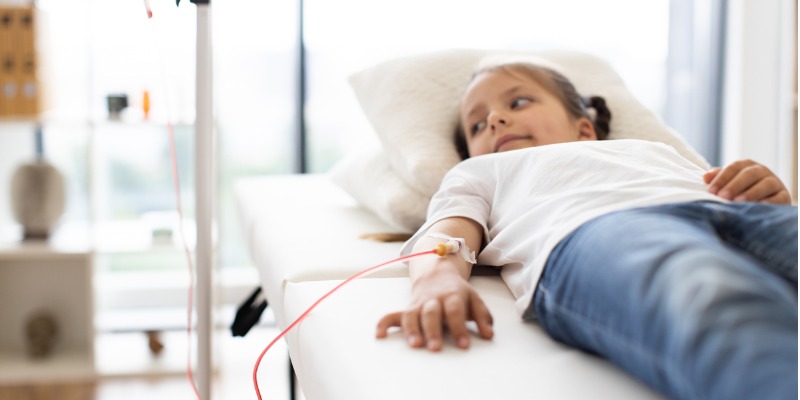
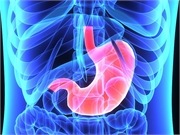

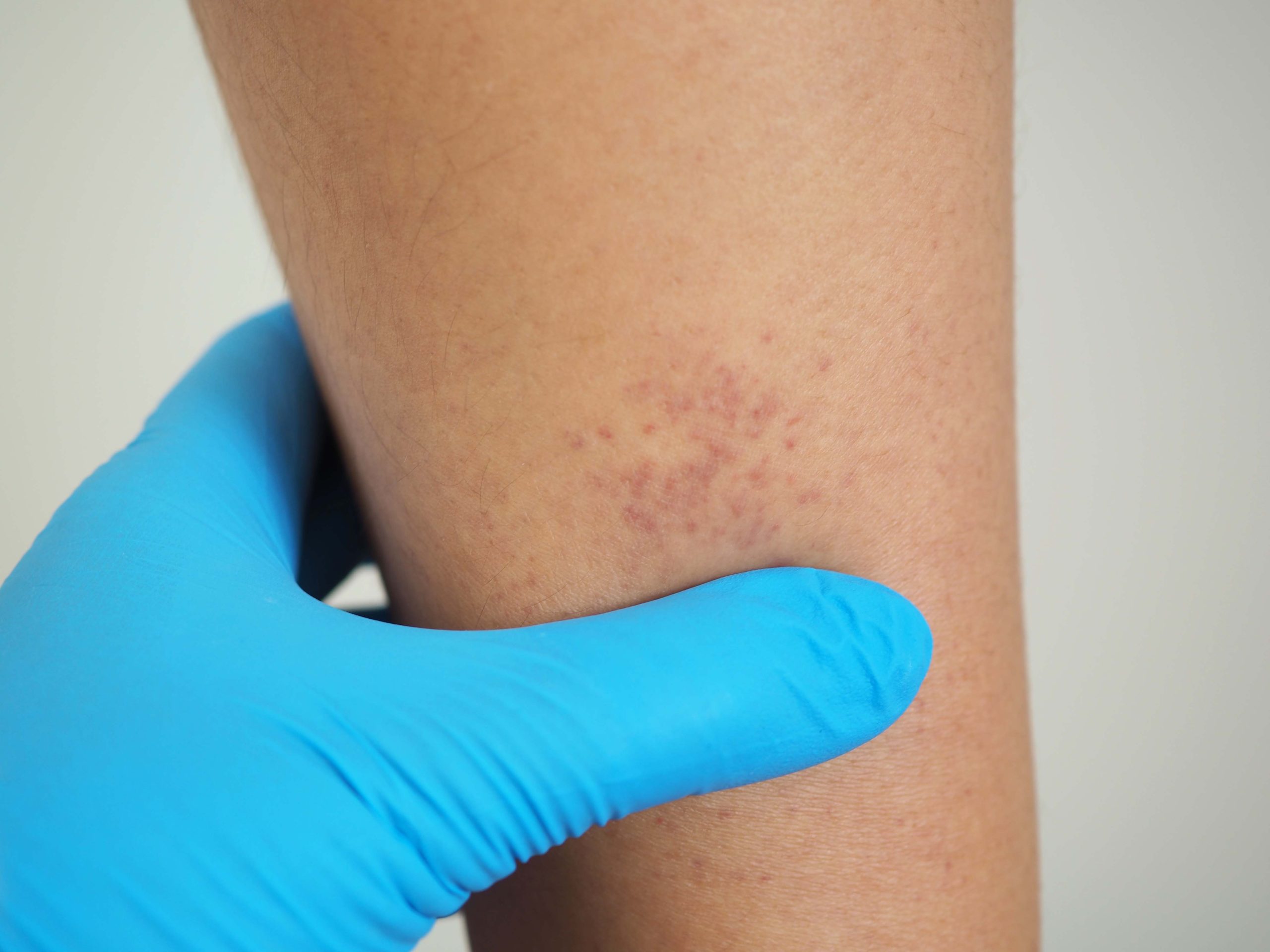
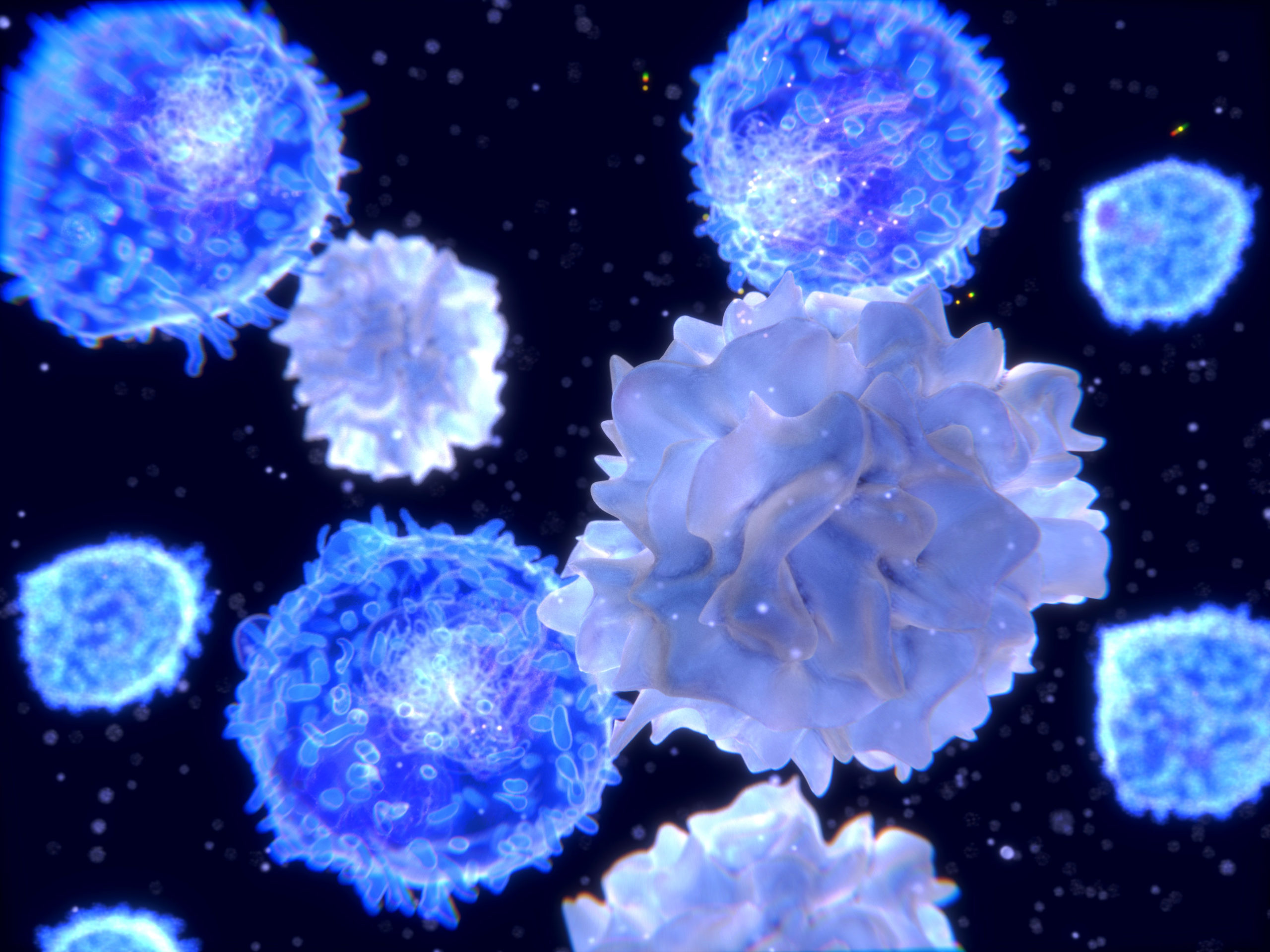

 © 2025 Mashup Media, LLC, a Formedics Property. All Rights Reserved.
© 2025 Mashup Media, LLC, a Formedics Property. All Rights Reserved.